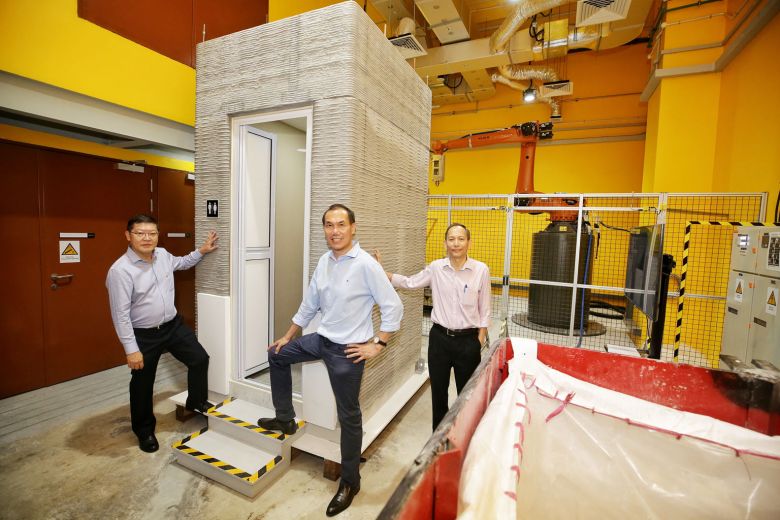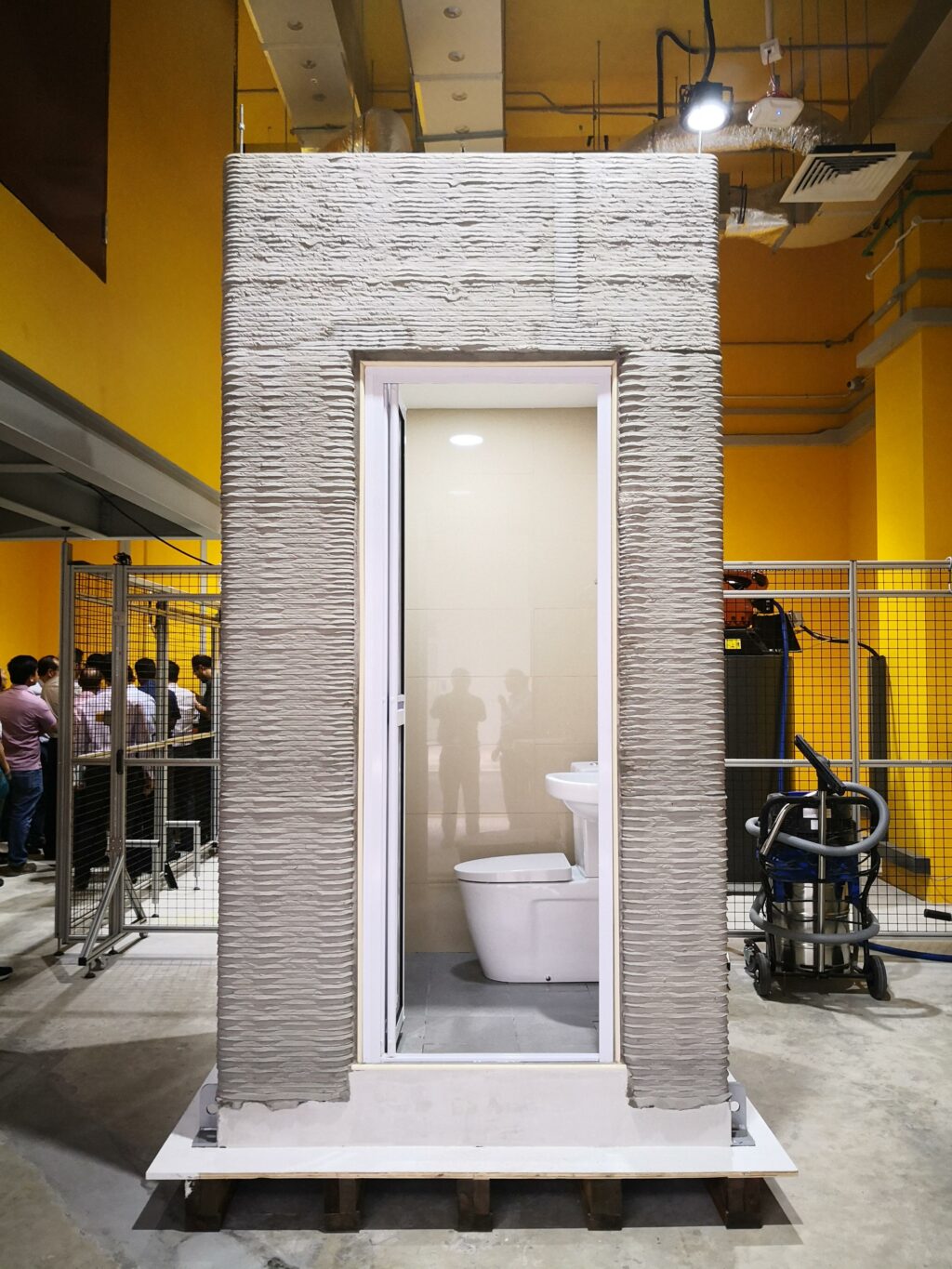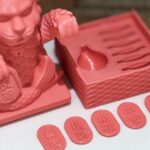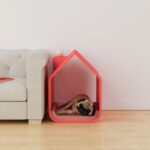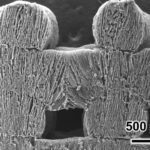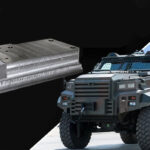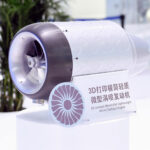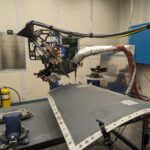Nanyang Technological University (NTU) and Sembcorp’s new joint construction venture allows for the fabrication of 3D printed bathroom units within 12 hours or even less. The project seeks to improve the production of Prefabricated Bathroom Units (PBUs) with a technology that can manufacture them 30% quicker, while making them lighter than conventional ones. Even though the units are initially unfurnished, this is a landmark achievement in construction printing speed.
We’ve previously covered NTU’s work with various concrete printing technologies. Now, with the aid of Sembcorp Design and Construction and Sembcorp Architects & Engineers, they’ve developed a means of on-site/on-demand printing for bathroom units. As a result, companies will be able to save on costs and time with relation to manpower and inventory spendings. This is largely thanks to the 6-axis KUKA robotic arm, spanning an impressive 6 meter diameter.
While traditional PBUs require assembly off-site, 3D printed bathroom units are a little different. NTU and Sembcorp developed a special, sustainable concrete mixture for the printing. This particular mix includes green building materials and geopolymers (derivatives of fly ash waste). Using this material, they successfully printed 2 full-scale bathrooms. The first one spanning 1.62m (L) x 1.5m (W) x 2.8m (H) took 9 hours, while another measuring 2m (L) x 2.6m (W) x 2.8m (H) took 12.
3D Printed PBU Development
“Singapore’s strength in advanced manufacturing technologies is deepening not only in the area of research but also in the adoption and deployment of these technologies by our companies. This project is [a] testament to our strong research and translational capabilities in 3D printing,” explained Lim Tuang Liang, Executive Director at the Research, Innovation and Enterprise Coordination Office at the National Research Foundation (NRF).
After establishing the materials, new printing and control systems were required. As with most new concrete mixtures, flow rates for the nozzle and the hardening properties of the concrete can take some adjustment. The concrete mixture passes through mixers and extrudes from a nozzle attached to the KUKA arm. The arm is able to print the whole structure in a single flow rate.
As of now, the PBUs are undergoing water absorption and fire resistance tests. Similarly, they still need to receive a grade from the Building Innovation Panel before NTU and Sembcorp can produce them commercially. All in all, the project is a massive success as it stands. 3D printed bathrooms that can assemble on-site can be a massive boon for new construction. Now, it’s a matter of time before they receive the green-light.
Featured image courtesy of NTU and Sembcorp.



